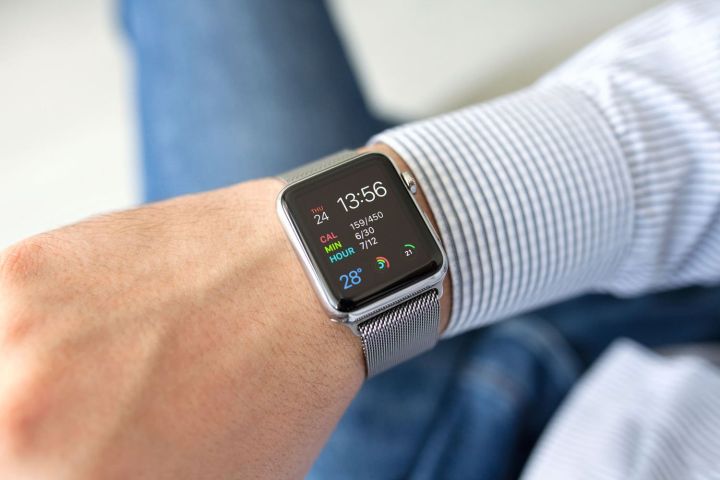Apple is developing new displays that would make its mobile devices “slimmer, brighter, and less power-hungry,” marking the first time for the company to design and develop the component in-house, according to a report from Bloomberg on Sunday, March 18.
Unnamed sources with knowledge of the project said the tech giant has been conducting small-scale tests with next-generation MicroLED screens at a secret facility in Santa Clara, California. If the reports are accurate, it will be Apple’s most determined effort yet to take display design and development away from its partners.
Sunday’s news appears to confirm reports last year that Apple is experimenting with MicroLED displays, and suggests the company is making full use of its 2014 LuxVue acquisition. LuxVue developed a high-quality display that requires far less power than current OLED technology, a design that could provide a significant boost to the battery life of Apple’s gadgets.
The sources told Bloomberg that the technological challenges faced by the team in building the displays are so significant that Apple almost ditched the plan last year. But its ongoing efforts have now brought the displays to an “advanced stage” that have included the successful creation of an Apple Watch MicroLED prototype that could launch within “a few years.”
The project is reported to be code-named T159 and is being led by Lynn Youngs, a long-time Apple engineer who worked on displays for the original iPhone and iPad, and who over the years has submitted a slew of display-based patents. Youngs is believed to be in charge of a team of around 300 engineers working on the development of the MicroLED screens.
The 62,000-square-foot manufacturing facility in Santa Clara is “the first of its kind” for Apple, but is too small for any kind of mass production effort. Bloomberg speculates that the tech company could ultimately turn to other suppliers to produce the displays, but wants to keep its work out of the hands of partners until it’s completely ready.
With Samsung reportedly set to make more than $20 billion from the sale of OLED displays used in the recently launched iPhone X, it’s little surprise that Apple is looking to develop its own displays for future versions of the iPhone, iPad, and Apple Watch, as well as any new display-equipped devices it’s yet to create.
Samsung is also developing the MicroLED technology, and this summer is aiming to launch The Wall television incorporating the system.



